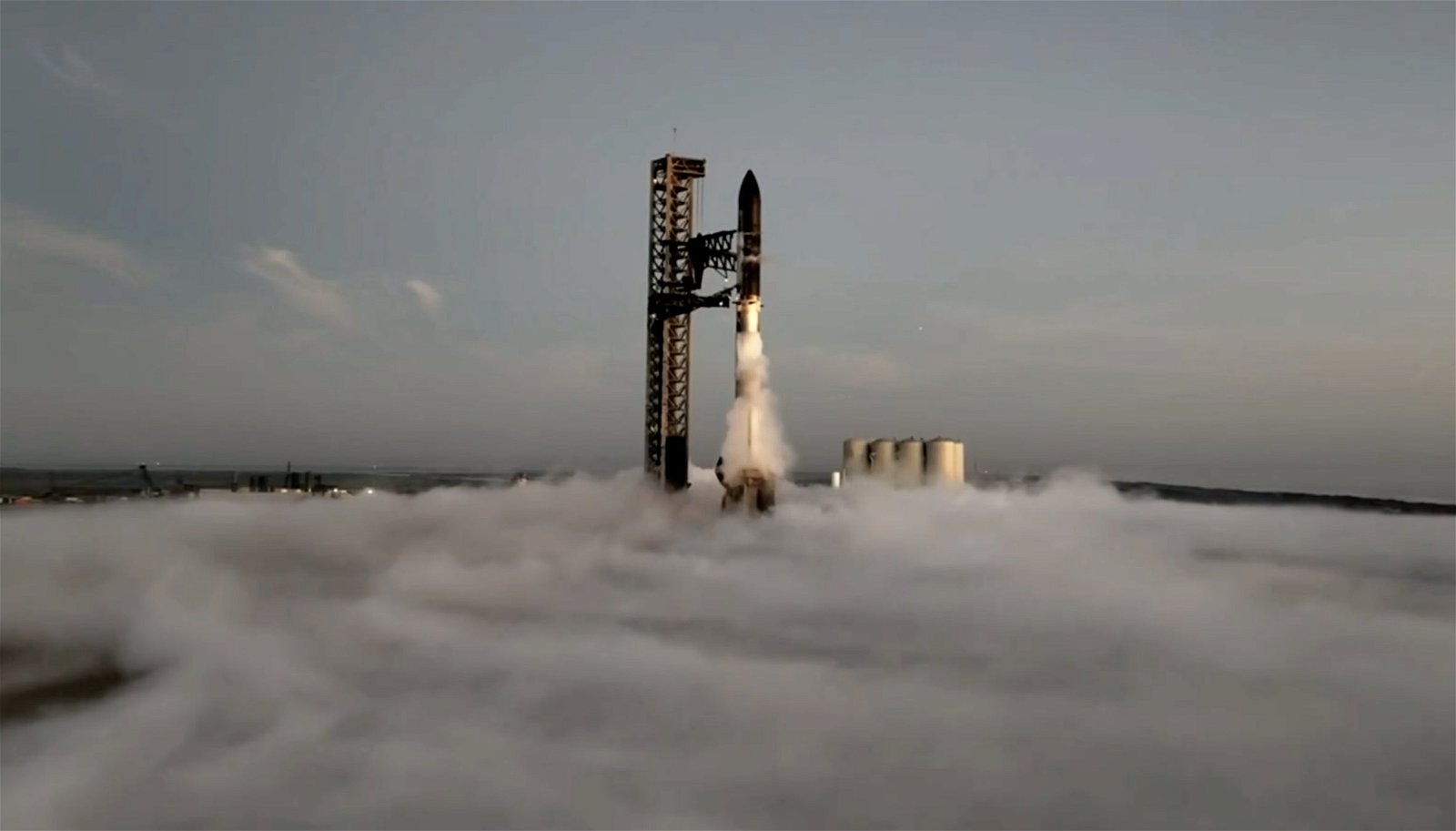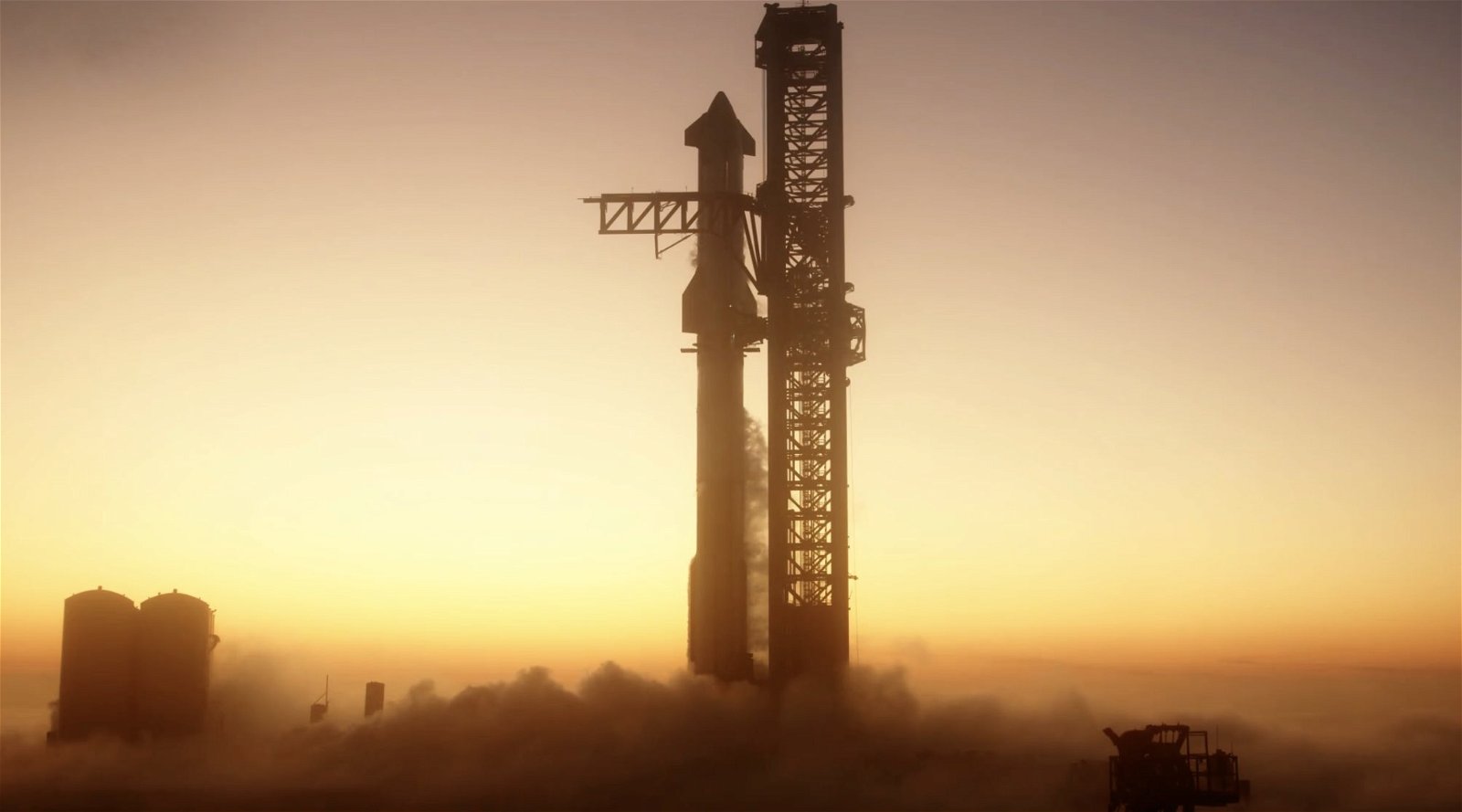What would have happened if a billion people on one side of the Earth decided to jump into the air simultaneously?
A ten-centimeter jump, upon landing, would kick the Earth in the opposite direction and temporarily displace the planet’s center of mass by roughly the size of an atomic nucleus. When that billion people returned to the ground after a tenth of a second, the Earth would resume its original state. Although the resulting gravitational signal would cross the Earth at the speed of light, the mechanical pressure wave would propagate less than a kilometer during this short time interval.
A whimsical event of this character could certainly be coordinated through social media. Gladly, it does not imprint any long-term damage on our habitat. However, if a large amount of mass were lifted above the atmosphere in the form of a solid object, which later falls back, the resulting impact would trigger a major environmental catastrophe. The object’s touchdown could create a tsunami and raise vast amounts of dust into the atmosphere, blocking sunlight and leading to significantly cooler temperatures.
This is not a hypothetical scenario for a civilization like ours. I was inspired to consider it by the news about the second partly successful launch of Starship, the biggest rocket ever built. For NASA, Starship is a future moon lander for astronauts under the Artemis mission. For Elon Musk, the founder and chief executive of SpaceX, the vehicle is central to his vision of carrying settlers to Mars.


A fully loaded Starship is 121 meters tall, nearly 30 meters taller than the Statue of Liberty. Interestingly, it has roughly the inferred size and projected elongation of the anomalous interstellar object, `Oumuamua. Starship’s mass of 5,000 tons is equivalent to the total mass of 100,000 people. If the upper third of Starship were to fail after reaching an altitude of several tens of kilometers and then return in one piece to the ground, its impact would have released the energy equivalent of 100 kilotons of TNT, three times the sum of the atomic explosions over Hiroshima and Nagasaki during World War II.
In that case, the impact of Starship on the ground would have triggered a major environmental catastrophe. The resulting effects would mimic the devastation caused by a giant meteor. In 2005, the US Congress tasked NASA to find more than 90% of all near-Earth objects longer than Starship, given the existential risk that they may inflict as a meteor on a collision course with Earth.
In the first launch of Starship on April 20, 2023, the rocket failed to light all of its engines at liftoff. A few minutes into the flight, when the rocket was meant to separate from the spacecraft, Starship began tumbling out of control, forcing SpaceX engineers to detonate the rocket over the Gulf of Mexico. The explosion itself was no accident as the flight termination system—a self-destruct mechanism to prevent danger to people or structures on the ground—destroyed both rocket stages.
In the months leading to the second launch of Starship, SpaceX changed the rocket design to prevent fuel leaks and fires, improving the flight termination system. The booster was designed to return to the launchpad once it has separated from the upper-stage spacecraft. Also, a grid fin motor was replaced. The grid fins steer the booster as it falls back to Earth. To prevent the rocket engines from destroying the concrete below and sending up another cloud of debris and dust, SpaceX has added a structure that consists of two plates with holes on the top plate.
The second flight of Starship from Boca Chica, Texas, did not achieve the test launch’s ultimate objective — a partial trip around the world ending in a splashdown in the Pacific Ocean. However, the test flight demonstrated that SpaceX had fixed key problems from April’s test. All 33 engines in the vehicle’s lower booster stage fired, and the rocket made it through stage separation — when the booster fell away, and the six upper stage engines lit up to carry the vehicle to space. Soon after stage separation, the booster exploded. The upper-stage Starship spacecraft continued for several more minutes, reaching an altitude of 150 kilometers, but then SpaceX lost contact with it after the flight termination system detonated.
Here’s hoping for the success of all future Starship launches. In the process of becoming a multi-planet civilization, we should maintain safety on the one planet that will remain home to most of us for the foreseeable future.
Avi Loeb is the head of the Galileo Project, founding director of Harvard University’s – Black Hole Initiative, director of the Institute for Theory and Computation at the Harvard-Smithsonian Center for Astrophysics, and the former chair of the astronomy department at Harvard University (2011-2020). He chairs the advisory board for the Breakthrough Starshot project, and is a former member of the President’s Council of Advisors onScience and Technology and a former chair of the Board on Physics and Astronomy of the National Academies. He is the bestselling author of “Extraterrestrial: The First Sign of Intelligent Life Beyond Earth” and a co-author of the textbook “Life in the Cosmos”, both published in 2021. His new book, titled “Interstellar”, was published in August 2023.

